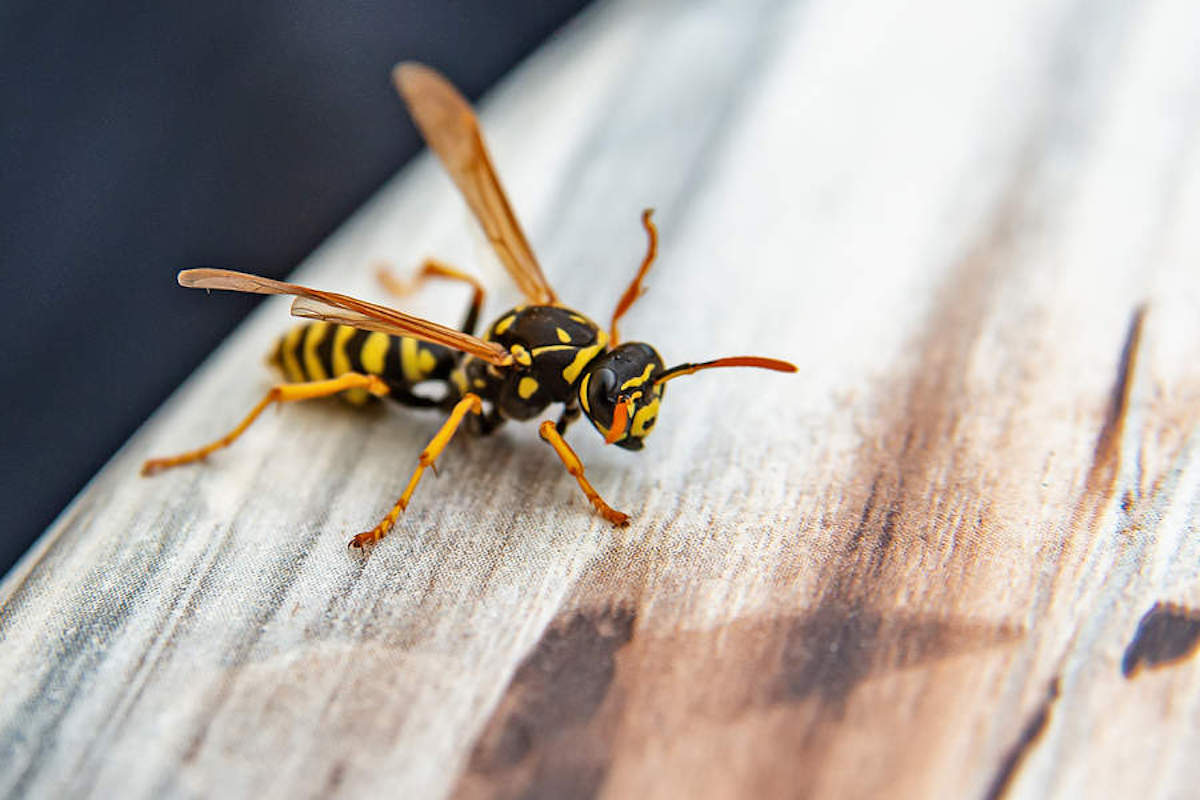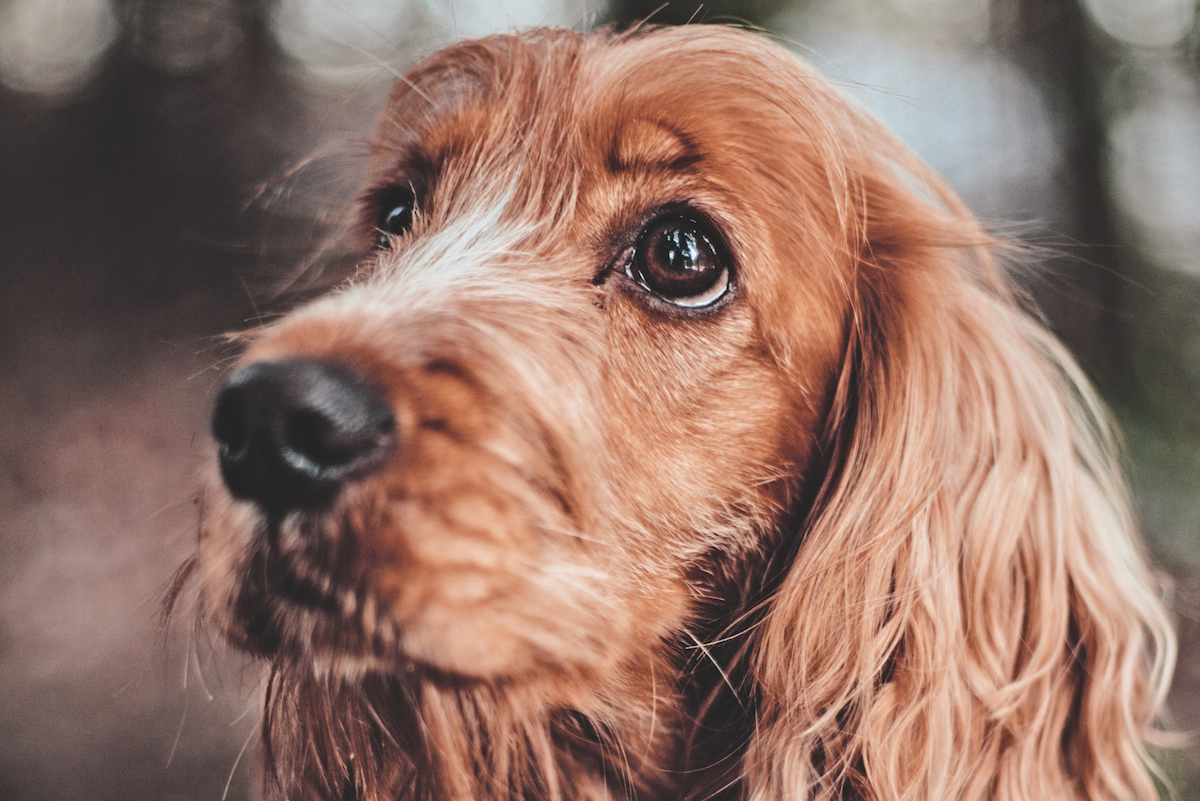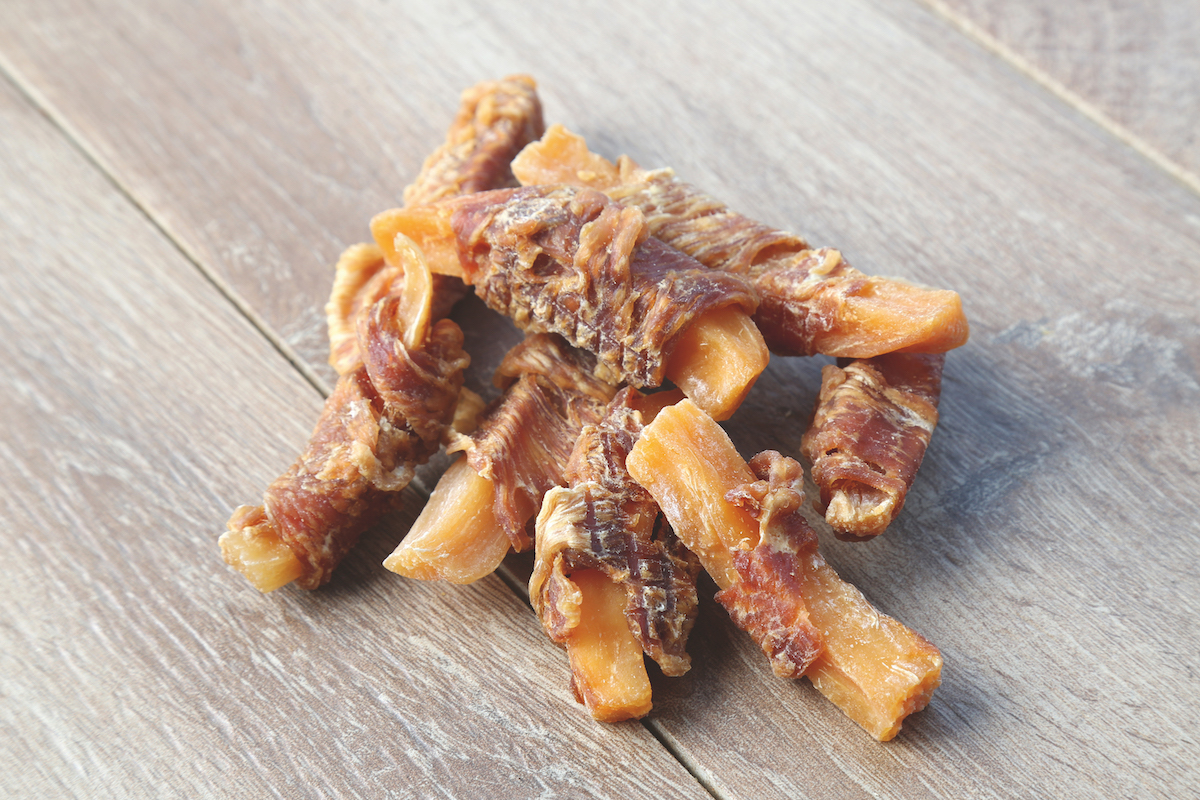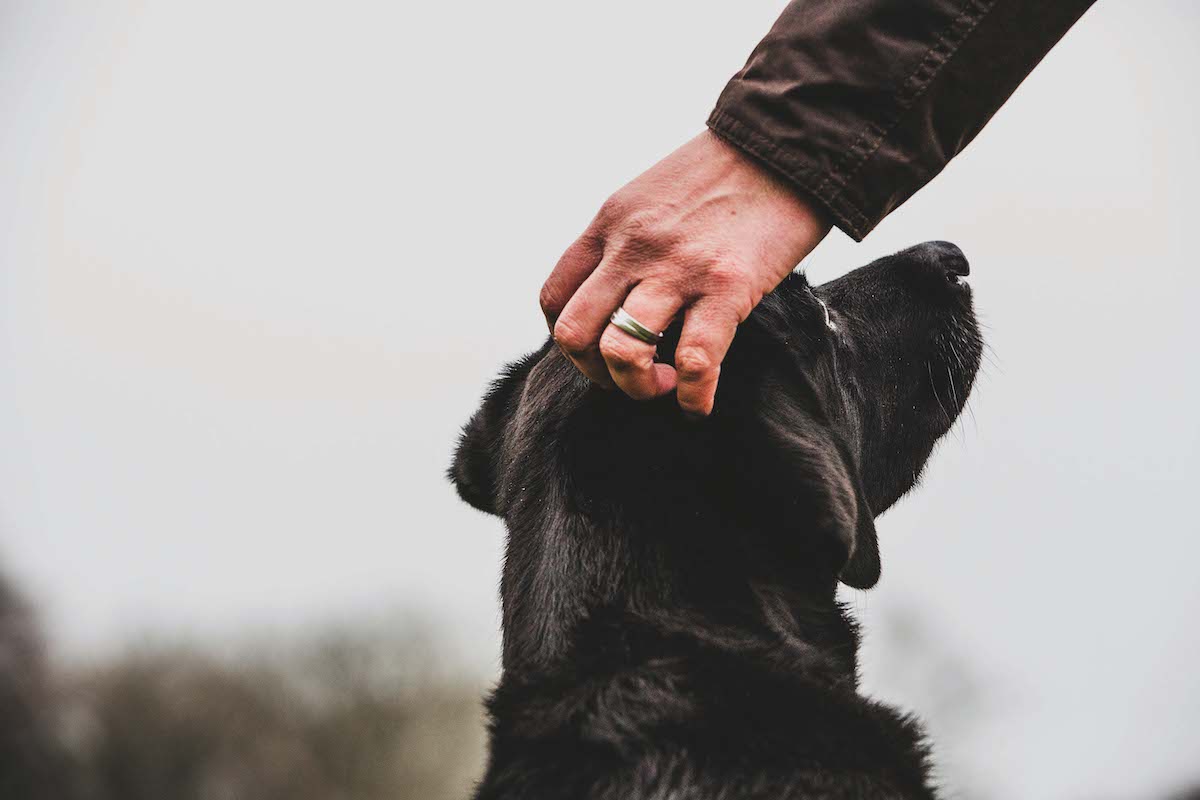How to treat dogs for bee and wasp stings
Vet Tony Buckwell tells you what you need to know

Can you advise on how to treat dogs for wasp and bee stings? My dog was stung recently and I wasn’t sure how to treat the sting. (Read how can I protect my dog from horsefly bites?)
Some dogs seem fascinated by wasps and bees and run the risk of getting stung. While a single sting is usually no more than painful, multiple stings can be problematic.
A bee’s venom is acidic while a wasp’s sting is alkaline, so the remedy is to apply an alkaline solution such as bicarbonate of soda to a bee sting and use vinegar on a wasp sting. Unfortunately, you don’t always know what stung your dog so treatment cannot always be that specific; wrap ice in a towel and apply it to the wound to reduce swelling and pain. If a stinger is still present, try to remove it by scraping it with a fingernail. Avoid using tweezers as this may force more venom out of the stinger. (Can dogs get stung by nettles? Yes, and it hurts.)
Observe your dog closely after the incident because stings can provoke a severe reaction or there may be an allergic response. Signs of a reaction include general weakness, some difficulty breathing and obvious swelling around the site. If the dog was stung on the tongue or inside the mouth or throat, the swelling can block his airway. In these circumstances it is best not to attempt treatment yourself but to take it to a vet immediately.
(You might also like to read are wasp stings dangerous to dogs?)








